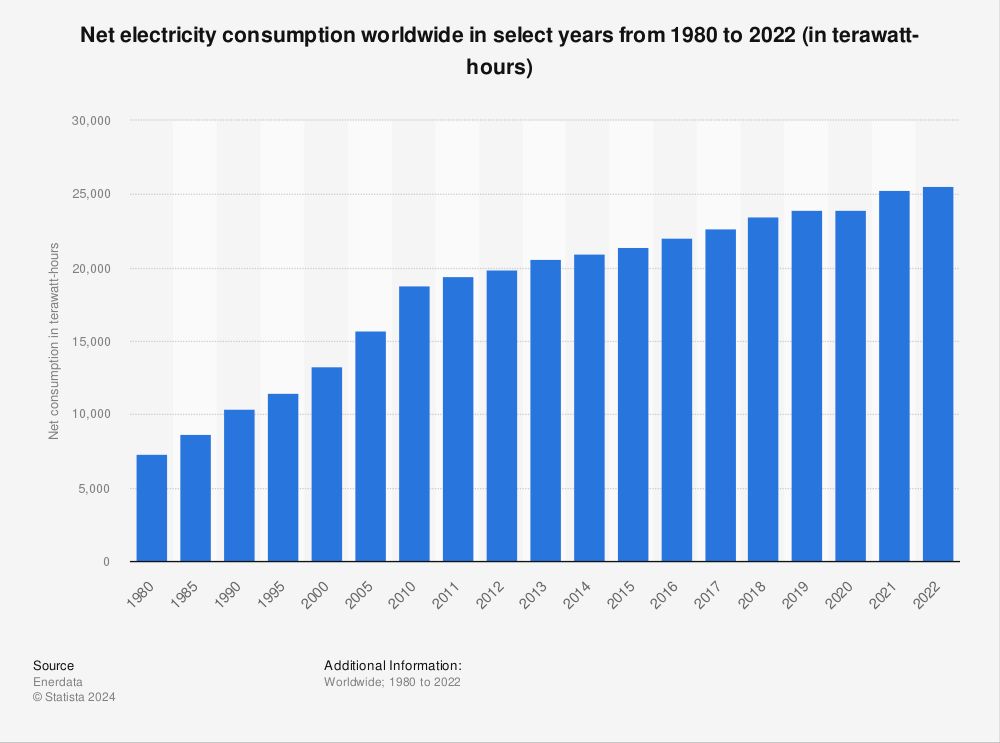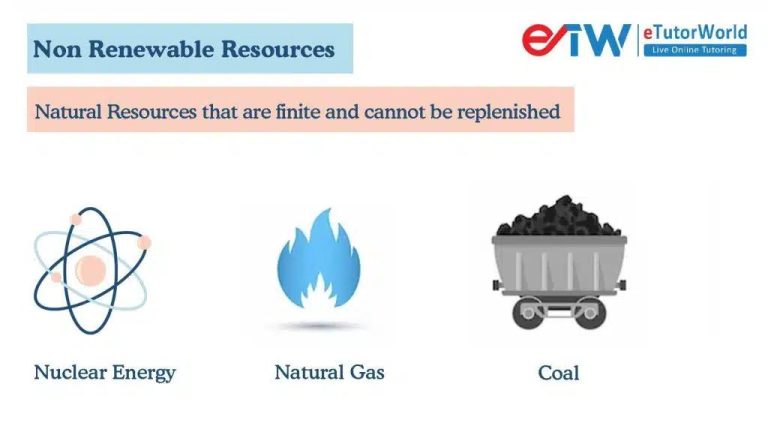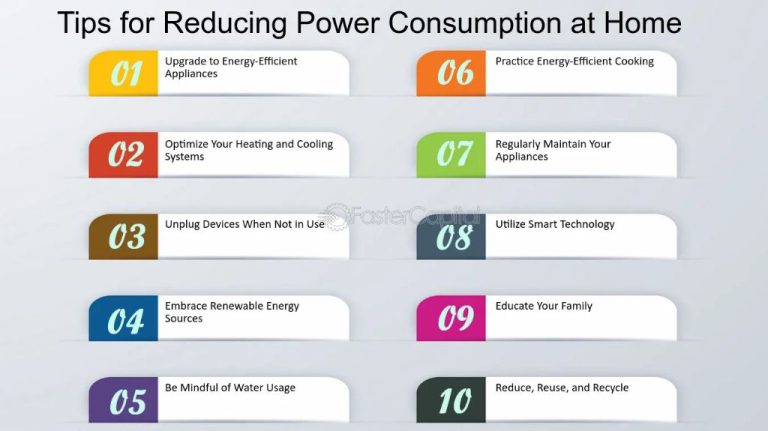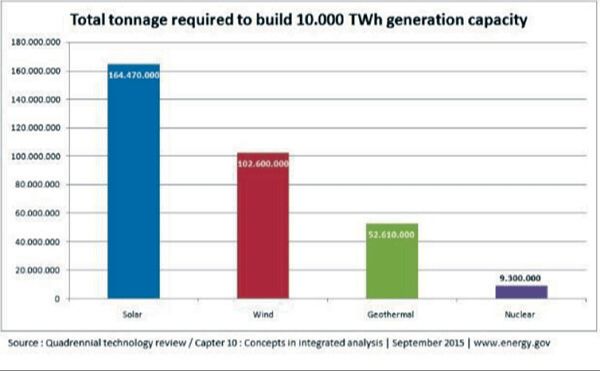What Is Kilo Watt In Units?
A kilowatt (kW) is a unit of power that represents 1,000 watts. Power is the rate at which energy is transferred or converted per unit of time. In electrical terms, power is measured in watts and a kilowatt represents 1,000 watts of power.
When we talk about electricity usage in homes and businesses, kilowatts give us a way to measure the rate of electric energy consumption. For example, adevice that uses power at a rate of 1,000 watts (or 1 kilowatt) consumes 1,000 joules of energy per second. Understanding kilowatt usage helps us determine the energy consumption and costs for operating electrical devices and systems.
This article will provide an overview of kilowatt units and how they are used to measure electricity consumption for various applications.
Kilowatts Measure Power
Kilowatts (kW) are a unit of power that measure the rate of energy usage or transfer. Specifically, one kilowatt equals 1,000 watts. Power is defined as the amount of energy used or work performed per unit of time. So a kilowatt measures how fast energy is being used or work is being done.
For example, when you turn on an appliance or device, it will draw a certain amount of power based on how much energy it needs to operate per second. An oven may use 1.5 kilowatts, meaning it requires 1,500 watts of power. The kilowatt rating gives you an idea of how much electricity the oven will consume. The higher the kilowatt number, the more power that device will use.
Kilowatts are commonly used to measure the output of power plants as well. A nuclear power plant may have a capacity of 1,000 megawatts, which equals 1,000,000 kilowatts. Understanding kilowatts helps conceptualize the massive amounts of power generated at utilities and used in various applications.
Kilowatt Units
A kilowatt is a unit used to measure power. Specifically, the kilowatt measures electrical power and energy. One kilowatt is equal to 1,000 watts. The watt is the standard unit for measuring electrical power, defined as one joule of energy per second. Since a kilowatt equals 1,000 watts, it is equal to 1,000 joules per second.
For comparison, one horsepower is approximately equal to 0.746 kilowatts. So a 5 horsepower motor is equivalent to about 3.73 kilowatts of power. The kilowatt provides a convenient way to discuss power quantities above 1,000 watts, since it would be cumbersome to constantly reference power in terms of thousands of watts. The kilowatt unit allows us to easily discuss and calculate utility-scale electrical loads.
Kilowatts are similar to other metric power units like the watt and horsepower in that they all measure the rate of energy usage. However, the kilowatt is designed specifically for electricity, as opposed to mechanical power applications like the horsepower unit. When dealing with electricity generation, transmission, distribution, and consumption – kilowatts are the standard power rating.
Kilowatt Hour
A kilowatt hour (kWh) is a unit of energy that measures the total amount of electricity used over time. While a kilowatt (kW) measures instantaneous power or the rate of electricity usage, a kilowatt hour measures the total amount used over a period of time.

For example, a 100-watt light bulb uses 0.1 kilowatts of power. If that 100-watt bulb is left on for 10 hours, it will use 1 kilowatt hour of electricity (0.1 kW x 10 hours = 1 kWh). This means that a kilowatt hour is equal to the energy used by a 1 kilowatt load sustained for 1 hour.
Kilowatt hours allow us to calculate total electricity usage by multiplying the power rating of an appliance or device (in kilowatts) by the number of hours it is in use. Utility companies charge customers for their total energy consumption over a billing period, measured in kilowatt hours.
So in summary, a kilowatt (kW) measures the rate of electricity usage at any given moment, while a kilowatt hour (kWh) measures the total amount used over time. The kilowatt hour allows us to quantify electricity consumption by taking into account both power and time.
Measuring Electricity Usage
Kilowatt hours are commonly used to measure electricity consumption. Electricity meters track the kilowatt hours used in a home or business over a billing cycle or time period.
For example, if you use 1,000 watts of power over the course of one hour, you have used 1 kilowatt hour of electricity. This adds up over days and weeks for your total electricity usage.
Utility companies bill customers based on the number of kilowatt hours used each month, with rates often between 10 to 20 cents per kWh. Higher electricity usage leads to a higher monthly bill.
Knowing your electricity consumption in kWh can help you estimate costs and find ways to conserve energy and reduce your utility expenses. Smart meters provide real-time tracking of kWh usage to help consumers monitor their consumption.
Calculating Kilowatt Hours
To calculate how many kilowatt hours (kWh) an appliance or device uses, you need to know its wattage and how many hours it runs. Here is the basic formula:
Kilowatt hours (kWh) = Watts x Hours / 1000
Let’s say you have a 100 watt light bulb that is left on for 10 hours. Here is how to calculate the kWh usage:
- Watts: 100
- Hours: 10
Plug this into the formula:
kWh = 100 x 10 / 1000
= 1 kWh
So the 100 watt light bulb running for 10 hours uses 1 kWh of electricity. For an appliance with higher wattage that runs for many hours, the kWh usage will be greater. For example, an electric oven that uses 2,000 watts running for 2 hours would use 4 kWh:
kWh = 2,000 x 2 / 1000
= 4 kWh
This basic calculation can be applied to any electrical device or appliance to determine its kWh consumption based on the wattage and time used.
Kilowatts for Appliances
When looking at home appliances and electronics, the power usage is usually listed in watts. However, by converting watts to kilowatts you can get a better sense of the overall energy consumption.
Here are some examples of approximate kilowatt usage for common household appliances:
- Refrigerator – 0.5 to 0.75 kilowatts
- Electric oven – 2 to 5 kilowatts
- Clothes dryer – 3 to 5 kilowatts
- Dishwasher – 1.5 to 2.5 kilowatts
- Microwave oven – 1 to 2 kilowatts
- Toaster – 0.8 to 1.4 kilowatts
- Hair dryer – 1 to 2 kilowatts
- Ceiling fan – 0.03 to 0.14 kilowatts
- Laptop computer – 0.03 to 0.1 kilowatts
As you can see, major appliances like ovens, clothes dryers and dishwashers use the most kilowatts. Smaller appliances and electronics have much lower energy demands. Knowing the kilowatt usage can help understand your home’s energy footprint.
Kilowatts for Industry
Large factories and industrial facilities require enormous amounts of electricity to power their operations and processes. Their kilowatt usage can range from hundreds to even millions of kilowatts. Some examples of high kilowatt using industries include:
- Manufacturing plants – A large automobile factory may use over 100,000 kilowatts to run assembly lines, robots, lighting, HVAC systems, and IT infrastructure.
- Data centers – Massive data centers housing thousands of servers for cloud computing and internet services can draw over 100 megawatts of power (100,000 kilowatts).
- Steel mills – To melt and form steel, mills employ extremely hot furnaces requiring tens of thousands of kilowatts.
- Chemical plants – Complex chemical and refining processes can consume huge amounts of electricity for pumps, reactors, boilers and other equipment.
- Mines – Large excavating and hauling equipment at mining operations often run on electricity to facilitate operations below ground. Kilowatt needs easily reach into the thousands.
Having reliable and cost-effective electricity supply is crucial for industrial operations. Many industries seek to optimize energy efficiency to reduce kilowatt demand and lower costs. Careful monitoring and management of kilowatt usage is also key.
Kilowatts and Power Plants
Power plants generate electricity that is distributed and used by homes, businesses, and industries. The output of a power plant is measured in megawatts (MW) or gigawatts (GW).
1 megawatt = 1,000 kilowatts
1 gigawatt = 1,000 megawatts = 1,000,000 kilowatts
So a power plant with an output capacity of 1,000 MW can supply 1,000,000 kilowatts of electricity. This massive generating capacity is needed to meet the high electricity demands of cities and regions.
The efficiency and capacity of power plants is an important consideration for meeting energy needs. Older plants and fossil fuel plants often have lower outputs and conversion efficiency compared to modern natural gas power plants or renewable sources like solar and wind farms.
Utilities must balance power plant capacity and demand. Building new plants is expensive so improving efficiency of existing generators is preferred. But additional capacity is still needed over time as electricity use increases.
Power plant operators have to match and modulate output with changing demand throughout the day. Generating too little causes brownouts while generating excess electricity is wasteful.
So the kilowatt rating of power plants indicates how much electricity it can supply to the grid. This helps planners determine if capacity is sufficient for current and future projected loads across their service territory.
Conclusion
To summarize, kilowatts are a unit of power that measure the rate of energy usage or production. One kilowatt is equal to 1,000 watts. Kilowatt hours are a way to measure energy consumption over time, calculated by multiplying kilowatts by the number of hours used. Kilowatts measure how fast energy is being used, while kilowatt hours measure the total amount used.
Knowing how many kilowatts an appliance or device uses helps calculate electricity costs. The more kilowatts used, the higher the energy bill. Power plants are rated in megawatts or gigawatts to quantify their large energy output capacity. Overall, the kilowatt is a key standard unit in electricity and power that allows us to understand and compare energy use across homes, businesses and industries.







